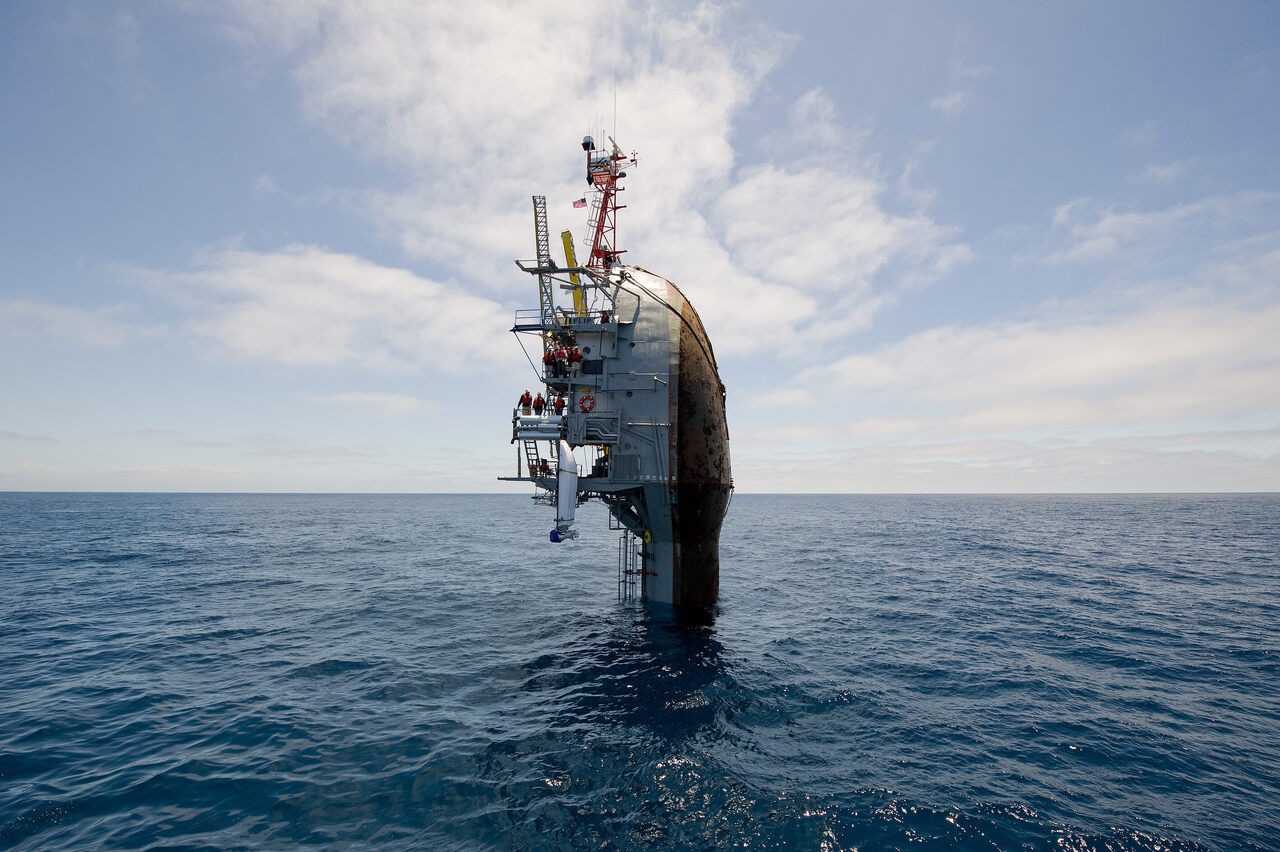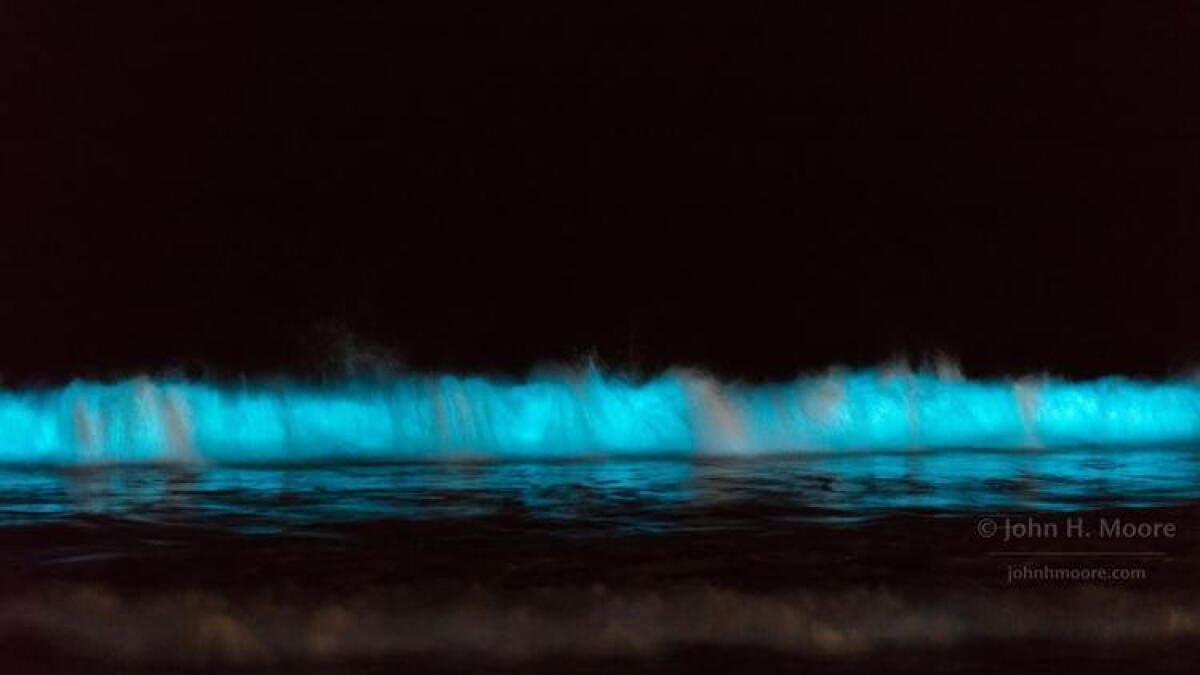I have spent the past week with a
group of amazing UC San Diego students exploring the beautiful country of Iceland
on an Alternative Breaks trip focused on sustainability and science
communication. The following post outlines what we have been up to, from
learning ecology field techniques to visiting each of Iceland's unique
ecosystems and talking about how they could be protected from actions we take
at home.
Lava
Rocks and Freshwater
 |
| Grabrok Crater |
Our first stop brought us to Grabrok crater, where rocks made from lava provide the perfect environment for a unique moss to grow. Later in our trip we learned that this was the crater one of our Icelandic professors used to sneak to with other female university students for "secret feminist meetings" in the middle of the night when she was in college. Most of Iceland's geography has been sculpted by the volcanic activity in the area, and is exposed to rather extreme winds. With that said, most of the plant species there appear to be shorter with a strong hold to the ground, as displayed in the crater ecosystem of Grabrok.
 |
| Waterfall |
The icy and clear waters of Icelandic waterfalls tempted us with their beauty throughout our trip. These types of ecosystems contained fresh water fish and were usually accompanied by swarms of midges--small harmless flies. One waterfall seemed to contain a fish ladder to assist what we assumed to be salmon as they made their homeward voyage up the river. Plants were usually a bit taller here, as seen in the image above, and different species of moss were dominant in comparison to the lava rock moss.
The
Forest and The Bog
 |
| Holar Forest |
 |
Upon our arrival at Holar University, we encountered an entirely different ecosystem, this one man-made. Here, planted pine trees formed an artificial forest, home to many species of birds, wandering sheep from the local farmers, and wild blueberries and crowberries. The most interesting aspect of the forest ecosystem at Holar was how it abruptly changed depending on the trees present. The two pictures above demonstrate this change, as they were all taken within 30 minutes of each other while hiking through the forest.
The thickness of the pine trees
provided less sun for ground-dwelling plants to grow, and the fallen pine
needles prevented any shorter plants from growing. Therefore, the forest was
primarily composed of taller pines and lichens that grew on them.
On
the other hand, the center of the forest resembled a freshwater bog ecosystem.
No trees existed here, I presume because of the water that accumulated from
recent rains. The absence of trees allowed grasses and bushes to thrive
here.
 |
| The accumulation of rainwater left behind a bog in the forest. |
In addition to visually
experiencing the forest ecosystem, we got to learn some field techniques as
well. While transecting one area of the forest, Dr. Carolyn Kurle
taught us how to identify animals via dissection of their feces. Based on the
seeds, hairs, or bones present in the scat, we were able to determine where
Arctic foxes, sheep, and dogs had been.
|
Glaciers
|
Interestingly,
almost all of the species on Iceland are invasive. Glaciers dominated the
island about 12,000 years ago, wiping out all life. Only with the assistance of
migrating birds dropping seeds while passing over helped re-vegetate the land many
years after the glaciers receded. One
can see the bowl-shaped mountains carved by the glacier pictured below. From
"The Ridge", we could see the grassland, bog, and forest of Holar.
Legend has it that this lookout was the sacred place of one of Iceland's first
bishops, who used to hike it barefoot everyday to pray. Ten minutes of silence
after a prayer read in Icelandic allowed us to appreciate the area and its
history.
 |
| "The Ridge" at Holar University. |
To
get a better idea of how the land looked 12,000 years ago, we visited a real
glacier, parallel to the first glacier to melt in Iceland (called "OK Glacier"). Langjökull Glacier, the second largest
glacier in Iceland, is predicted to melt by the year 2165. The runoff water
from the many glaciers of Iceland provide fresh, clean, and inexpensive
drinking water for Icelanders. Even though the water dripping from the ceiling
was said to be the purest in the world, scientists have discovered one
extremophilic bacteria with a 50-year dividing time that lives in the ice of
another glacier. I collected a sample of glacier water to test for DNA when I
get back to lab at Scripps.




The
Intertidal
 |
| Brightly colored eggs found under seaweed in the intertidal zone. |
 |
| Students transect the intertidal zone. |
Geothermal Zones
 |
| Hot steam rises from the earth near volcanic activity. |
The
Best Ecosystem of All
 |
| Potato Chips in their natural environment. |
Stay tuned for my third and final
blog regarding this fantastic trip!
With Love,
Em























